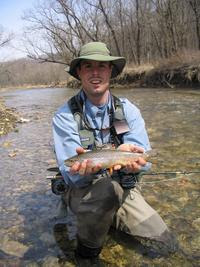
By LINDA A. JOHNSON , Associated Press
NEW YORK - Pfizer Inc., the world's biggest seller of drugs for people, now is looking to make more bucks from Fido, Fifi and farm animals.
The company is developing drugs for new animal diseases, pushing into the growing market for pet medicine in emerging markets and working with livestock farmers to use its genetic tests to reduce costs and produce top-quality meat.
Despite that strategy, Pfizer will be bumped from its position as the top animal health company by revenue when a planned joint venture of rivals gets approved by regulators, probably early next year. Merck & Co. and Sanofi-Aventis SA are combining their animal health businesses into what will be called Merial-Intervet. It is expected to initially have about 28 percent of the $19 billion-a-year global animal health market...
Read more at Minneapolis Star-Tribune
Also read:
CAFOs and Public Health: The Fate of Unabsorbed Antibiotics
CAFOs and Public Health: The Issue of Antibiotic Resistance
















